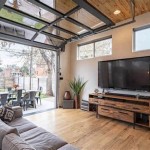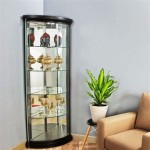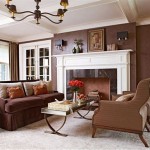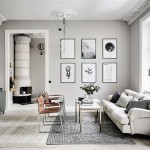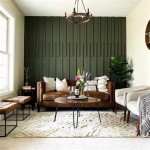Living Room TV Wall Units: A Guide to Choosing the Right One
A living room TV wall unit is more than just a place to put your television. It can be a statement piece, a functional storage solution, and a way to enhance the overall aesthetic of your living space. With a wide variety of styles, sizes, and materials available, choosing the right TV wall unit can feel overwhelming. This guide will explore key points to consider when selecting the perfect unit for your living room.
1. Functionality and Storage Needs
Before considering aesthetics, it's essential to determine your functional needs. How much storage space do you require? Will you be storing books, electronics, decorative items, or a combination of these? Consider the size of your TV and the accompanying equipment, such as a sound system, gaming consoles, or streaming devices. Do you need space for open shelves or closed cabinets? Thinking about these practical aspects will help narrow down your choices.
Most TV wall units offer a mix of open and closed storage compartments. Open shelves are great for displaying decorative items, while closed cabinets provide concealed storage for items you want to keep hidden. Some units also include drawers for smaller items. When evaluating storage needs, consider the frequency with which you access certain items. For example, frequently used items like remotes and gaming controllers may be best kept on open shelves for easy access.
2. Size and Dimensions
The size of your TV and the available wall space are critical factors in determining the right TV wall unit. Carefully measure the width and height of your TV, including any stand or mount. Ensure the unit is large enough to accommodate your TV comfortably. Consider the dimensions of the surrounding furniture, such as sofas and coffee tables. The unit should complement the existing furnishings without appearing overcrowded or disproportionate.
The depth of the TV wall unit is also important, particularly if you have limited floor space. A shallow unit will minimize the footprint while still providing adequate storage. Conversely, a deeper unit may offer more storage capacity but could make the room feel smaller. Remember to factor in the measurements of any equipment you plan to place behind the TV, such as sound systems or streaming devices, to ensure they fit comfortably within the unit.
3. Style and Material
The style and material of your TV wall unit should complement the overall aesthetic of your living room. Consider the existing furniture, color palette, and lighting. Modern, minimalist designs often feature sleek lines and glossy finishes in materials like metal or glass. Traditional styles may include wood, intricate carvings, and ornate details. Contemporary designs often embrace a mix of materials and textures, incorporating natural elements such as wood or stone.
Material choices impact both the aesthetics and durability of the TV wall unit. Wood is a classic choice, offering warmth and a timeless appeal. Metal offers a modern look and can be paired with various finishes, such as chrome, brushed nickel, or black. Glass can create a sleek and contemporary feel, but it may be less durable and require more care. Consider the wear and tear your unit will likely endure and choose a material that is both aesthetically pleasing and functional.

2024 New Design Glass Tv Cabinet Stand Luxury Home Wall Unit Meuble With

18 Tv Wall Ideas That S Practical Stylish Media

Unique Tv Unit Design Inspirations Euphoriainteriors

35 Modern Tv Unit Design For Ultimate Entertainment At Your Space Centuryply

200 Modern Living Room Tv Cabinet Designs 2024 Wall Unit Home Interior Decorating Ideas Ep2

8 Creative Tv Wall Design Ideas Transforming Your Living Room

Classy Tv Wall Cabinet Unit Rbm 2 Stands Classic Home

200 Modern Living Room Tv Unit Design Ideas 2025 Stand Wall Decoration Cladding

Tv Wall Unit Design For Your Living Room

Modern Living Room Tv Unit Design Ideas

